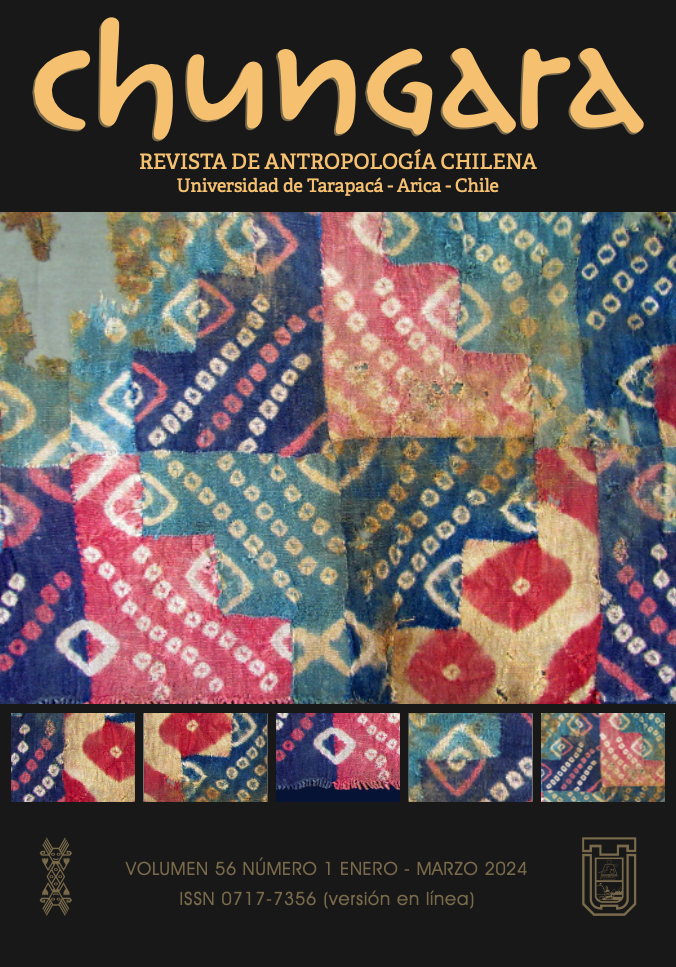CULTURAL LANDSCAPE AND ROAD NETWORK IN THE PUNA OF NORTHERNMOST CHILE: THE CASE OF THE PUEBLO VIEJO DE PARINACOTA SETTLEMENT AND ITS CONNECTION TO CARANGAS AND INCA SETTLEMENTS ACROSS THE ANDES MOUNTAINS
PAISAJE CULTURAL Y VIALIDAD EN LA PUNA DEL EXTREMO NORTE DE CHILE: EL CASO DEL ASENTAMIENTO PUEBLO VIEJO DE PARINACOTA Y SU CONEXIÓN CON ASENTAMIENTOS CARANGAS E INCA AL OTRO LADO DE LA CORDILLERA
Iván Muñoz
Studies carried out in the northernmost part of Chile’s puna indicate that Pueblo Viejo de Parinacota would be the highest settlement – 4,300 masl – built by shepherds linked to the Carangas populations approximately in 1,400 AD. They chose the foot of the Nevados de Payachatas as a place of settlement, harnessing the potential of the Parinacota wetlands and using the magnificence of the snow peaks as a protective entity. Pueblo Viejo de Parinacota established as a space of articulation, where road networks integrated, connecting different places and human settlements of the Chilean puna, like the tambos and wetlands of Caquena, Tacora, and Chungara, and those of the Bolivian central Altiplano as well, such as Caquiaviri, Turko, and Sabaya, among others.
Tags: settlement, bofedal, Nevados de Payachatas, shepherds, populations Carangas, road network







